Our bioproduct experts collaborated with industry to help scale-up a promising microbe-made plastic alternative built from the carbon in methane gas.
Tag: Methane
Wilkes Center at University of Utah announces 7 finalists for the $500,000 Climate Solutions Launch Prize
The Wilkes Climate Launch Prize is one of the largest university-affiliate climate awards in the world and is geared to spur innovation and breakthroughs. The prize is specifically calibrated to support unconventional or first-of-a-kind projects that often have difficulty getting funding.
Scientists Confirm that Methane-Processing Microbes Produce a Fossil Record
Microbes called anaerobic methanotrophic archaea form communities with sulfate reducing bacteria. These communities can consume methane in anaerobic environments. This research found that biological processes in these microbial communities can create silica deposits that appear to entomb the communities.
Curbside collection improves organic waste composting, reduces methane emissions
Composting food and garden waste instead of sending it to landfills can significantly reduce methane emissions and help mitigate global warming. A new study from the University of Illinois Urbana-Champaign explores the effects of curbside compost collection programs in New South Wales, Australia.
Methane Emissions from Wetlands Increase Significantly over High Latitudes
Wetlands are Earth’s largest natural source of methane, a potent greenhouse gas that is about 30 times more powerful than carbon dioxide at warming the atmosphere. A research team analyzed wetland methane emissions data across the entire Boreal-Arctic region and found that these emissions have increased approximately nine percent since 2002.
New study reports that Greenland is a methane sink rather than a source
Researchers at the University of Copenhagen have concluded that the methane uptake in dry landscapes exceeds methane emissions from wet areas across the ice-free part of Greenland.

Rising Sea Levels Could Lead to More Methane Emitted from Wetlands
A Bay Area wetlands ecosystem that was expected to serve as a carbon sink is emitting surprisingly high levels of methane, a potent greenhouse gas.
‘Roving sentinels’ discover new air pollution sources
Google Street View cars equipped with instrumentation sampled air quality at a scale fine enough to capture variations within neighborhoods in the Salt Lake Valley. A new atmospheric modeling method, combined with these mobile observations, can be used to identify pollution emission sources in many cities.
Ancient plant wax reveals how global warming affects methane in Arctic lakes
By studying fossils from ancient aquatic plants, Northwestern University and University of Wyoming (UW) researchers are gaining a better understanding of how methane produced in Arctic lakes might affect — and be affected by — climate change.
Spirulina that kills methane-producing microbes in the cow rumen wins $1.5M Wilkes Climate Prize
Methanogens in the cow rumen make methane gas as a by-product. Lumen scientists engineered spirulina to biomanufacture a natural enzyme that destroys only methanogens, with no impact on the cow or other bacteria.
New catalyst could dramatically cut methane pollution from millions of engines
Today’s catalysts for removing unburnt methane from natural-gas engine emissions are either inefficient at low, start-up temperatures or break down at higher operating temperatures. A new single-atom catalyst solves both these problems and removes 90% of the methane.
X-rays visualize how one of nature’s strongest bonds breaks
The use of short flashes of X-ray light brings scientists one big step closer toward developing better catalysts to transform the greenhouse gas methane into a less harmful chemical. The result, published in the journal Science, reveals for the first time how carbon-hydrogen bonds of alkanes break and how the catalyst works in this reaction.
Watching Molecules Relax in Real Time
Berkeley Lab scientists have visualized the distortions of chemical bonds in a methane molecule after it absorbs light, loses an electron, and then relaxes. Their study provides insights into how molecules react to light, which can help develop new methods to control chemical reactions.
Surprise effect: Methane cools even as it heats
Most climate models do not yet account for a new UC Riverside discovery: methane traps a great deal of heat in Earth’s atmosphere, but also creates cooling clouds that offset 30% of the heat.
Additive to make slurry more climate-friendly
Greenhouse gases act like a layer of window glass in the atmosphere: They prevent heat from being radiated from the Earth’s surface into space.
Scientists find iron cycling key to permafrost greenhouse gas emissions
The interaction of elemental iron with the vast stores of carbon locked away in Arctic soils is key to how greenhouse gases are emitted during thawing and should be included in models used to predict Earth’s climate, Oak Ridge National Laboratory scientists found.
Inflation Reduction Act Offers Significant Benefits for Public Health
An analysis published today in the New England Journal of Medicine describes the significant benefits The Inflation Reduction Act offers to improve public health through tax credits and other financial incentives.
Whole Ecosystem Warming Stimulates Methane Production from Plant Metabolites in Peatlands
While peatlands have historically stored massive amounts of soil carbon, warming is expected to enhance decomposition, leading to a positive climate change feedback effect. This study experimentally warmed peatlands in northern Minnesota and observed increased methane production relative to carbon dioxide release. This methane release process is likely to amplify global climate warming.

Methane-Eating ‘Borgs’ Have Been Assimilating Earth’s Microbes
In Star Trek, the Borg are a ruthless, hive-minded collective that assimilate other beings with the intent of taking over the galaxy. Here on nonfictional planet Earth, Borgs are DNA packages that could help humans fight climate change.
Burping bacteria: Identifying Arctic microbes that produce greenhouse gases
As greenhouse gases bubble up across the rapidly thawing Arctic, Sandia National Laboratories researchers are trying to identify other trace gases from soil microbes that could shed some light on what is occurring biologically in melting permafrost in the Arctic.Sandia bioengineer Chuck Smallwood and his team recently spent five days collecting lakebed soil and gas samples.

Three URI professors win $735,000 grant from NASA-EPSCoR to study methane emissions from rocks common to Earth, Mars
KINGSTON, R.I. – Aug. 10, 2022 – Over the next three years, three University of Rhode Island researchers are hoping to broaden the scientific understanding of methane emission dynamics in ultramafic rock systems – work that one day may help answer the mystery of the existence of past or present microbial life on Mars.Dawn Cardace and Soni Pradhanang, associate professors of geosciences, and Serena Moseman-Valtierra, an associate professor of biological sciences, have been awarded a $735,000 grant by the NASA Established Program to Stimulate Competitive Research to study methane gas emissions at a site in northern California that has a rock system comparable to known sites on Mars.
Why natural gas is not a bridge technology
The study was headed by Professor Claudia Kemfert from the German Institute for Economic Research (DIW) and Leuphana University Lüneburg in collaboration with Franziska Hoffart from Ruhr-Universität Bochum, Fabian Präger from Technische Universität Berlin and Isabell Braunger and Hanna Brauers from the University of Flensburg.
Converting Methane to Methanol—With and Without Water
Adding water to the catalytic reaction that converts methane into useful methanol makes the process more effective, but it creates challenges for industry due to steam from the water. Now scientists have identified a common industrial catalyst, copper-zinc oxide, that completes the conversion along different pathways depending on whether water is present or not. This could potentially keep methane, a potent greenhouse gas, out of Earth’s atmosphere and instead turn it into useful products.
Converting Methane to Methanol — With and Without Water
UPTON, NY — Chemists have been searching for efficient catalysts to convert methane — a major component of abundant natural gas — into methanol, an easily transported liquid fuel and building block for making other valuable chemicals. Adding water to the reaction can address certain challenges, but it also complicates the process.
‘No excuse now’: Biden methane regulation comes tech ready
The Biden administration announced Tuesday that it would limit methane emissions from oil and gas rigs — part of a global effort to cut methane levels at least 30% by 2030. John Albertson is a professor of civil and environmental engineering…
Global Methane Pledge a ‘major change in policy’
The United States and European Union are poised to seek the support of other critical greenhouse gas emitting nations for a new Global Methane Pledge designed to reduce global methane emissions by at least 30% by 2030. Cornell University has…
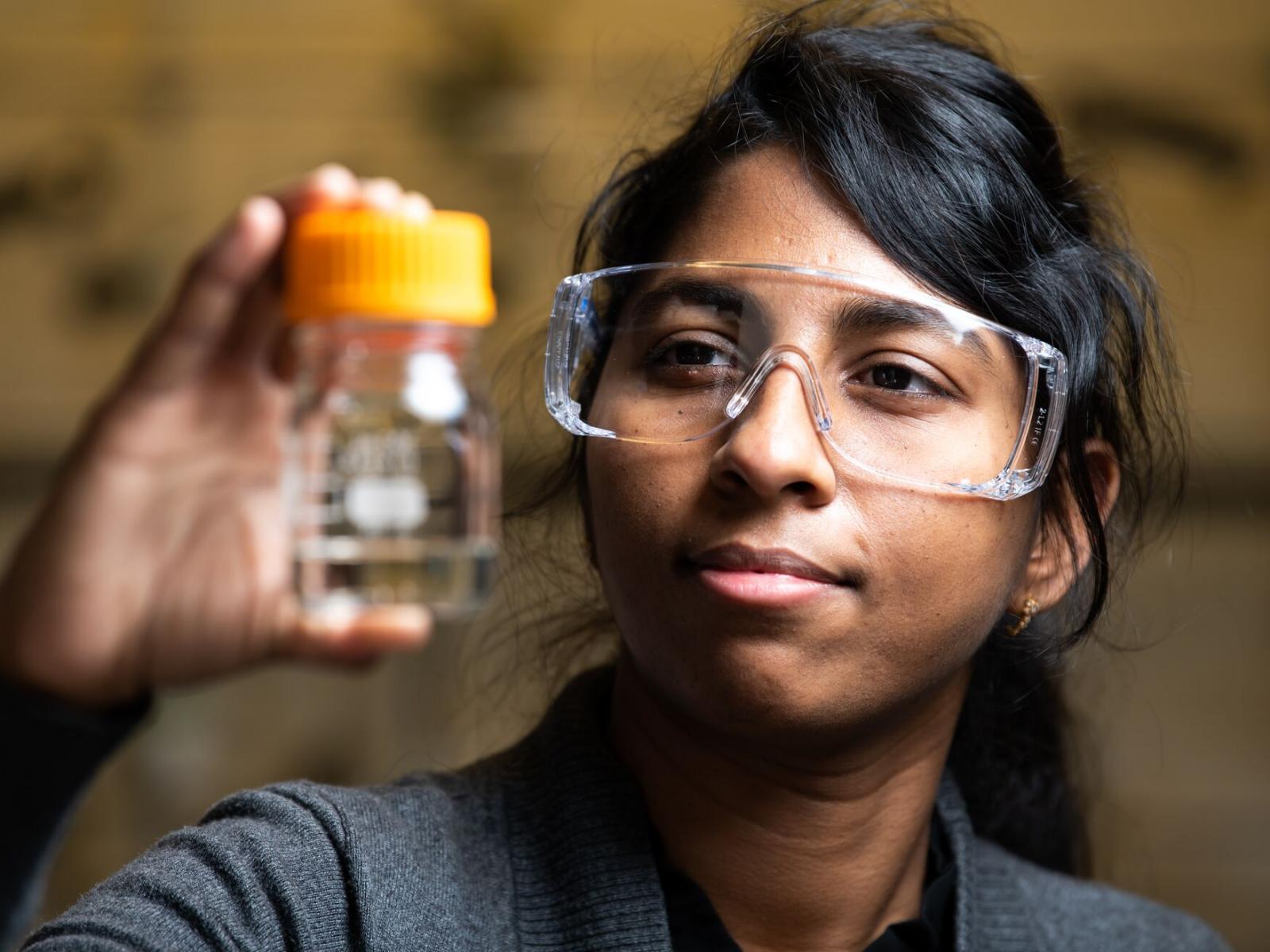
Making Methane from CO2: Carbon Capture Grows More Affordable
PNNL researchers can make methane from captured CO2 and renewably sourced hydrogen, offering a path toward cheaper synthetic natural gas.
IPCC points to methane as key driver of warming
In a new climate change report from the Intergovernmental Panel on Climate Change, scientists paint a dire picture of the future of atmospheric warming. The United Nations report predicts global temperatures will rise by more than 1.5 degrees Celsius above…
Story tips: Powered by nature, get on the bus, accelerating methane, helping JET soar, charged up planning and building a better thermostat
ORNL story tips: Powered by nature, get on the bus, accelerating methane, helping JET soar, charged up planning and building a better thermostat
Mapping methane sources in Paris
Researchers reporting in ACS’ Environmental Science & Technology have conducted mobile measurements of methane and its sources throughout Paris. Their findings suggest that the natural gas distribution network, the sewage system and furnaces of buildings are ideal targets for methane reduction efforts.
Solar energy from the deep repository
During the winter months, renewable energy is in short supply throughout Europe. An international project is now considering an unconventional solution: Renewable hydrogen and carbon dioxide are pumped into the ground together, where naturally occurring microorganisms convert the two substances into methane, the main component of natural gas.
Saving the climate with solar fuel
Produced in a sustainable way, synthetic fuels contribute to switching mobility to renewable energy and to achieving the climate goals in road traffic. In the mobility demonstrator “move” Empa researchers are investigating the production of synthetic methane from an energy, technical and economic perspective – a project with global potential.
Mitigating emissions in the livestock production sector
A new study shows that emission intensity per unit of animal protein produced has decreased globally over the past two decades due to greater production efficiency, raising questions around the extent to which methane emissions will change in the future and how we can better manage their negative impacts.
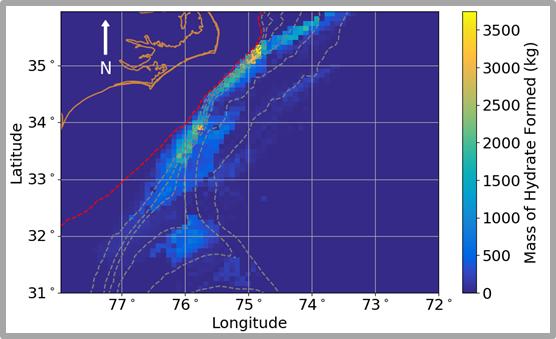
Finding fire and ice: Modeling the probability of methane hydrate deposits on the seafloor
A team of researchers from Sandia National Laboratories and the U.S. Naval Research Laboratory have developed a new system to model the likelihood of finding methane hydrate and methane gas that was tested in a region of seafloor off the coast of North Carolina. This test was published on March 14 in the scientific journal Geochemistry, Geophysics, Geosystems.

New method converts methane in natural gas to methanol at room temperature
Researchers at the University of Illinois Chicago have discovered a way to convert the methane in natural gas into liquid methanol at room temperature.
Methane Emissions from Coal Mines Are Higher Than Previously Thought
Methane emissions from coal mining are likely much higher than previously calculated, according to new research. That’s due mainly to emissions from abandoned mines and higher methane content in deep coal seams.
Rutgers Legal Expert Available to Discuss Environmental, Climate Change Priorities
New Brunswick, N.J. (Jan. 21, 2021) – Rutgers University Professor Cymie R. Payne, an expert on United States and international environmental laws, is available for interviews on how the administration of President Biden can strengthen laws and regulations and efforts to…
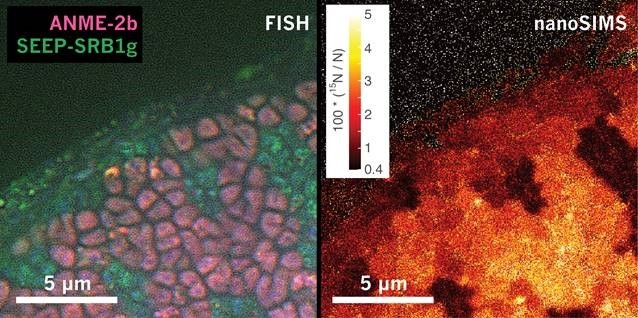
Symbionts of Methane Eating Microbes Fix Nitrogen
Sediments on the ocean floor contain large amounts of methane. Two groups of microbes work together in symbiosis to break down this methane in oxygen-deprived sediments. New research shows that both groups can fix nitrogen to satisfy their need for nutrients from methane. This helps the microbes hedge against changes in their environment.
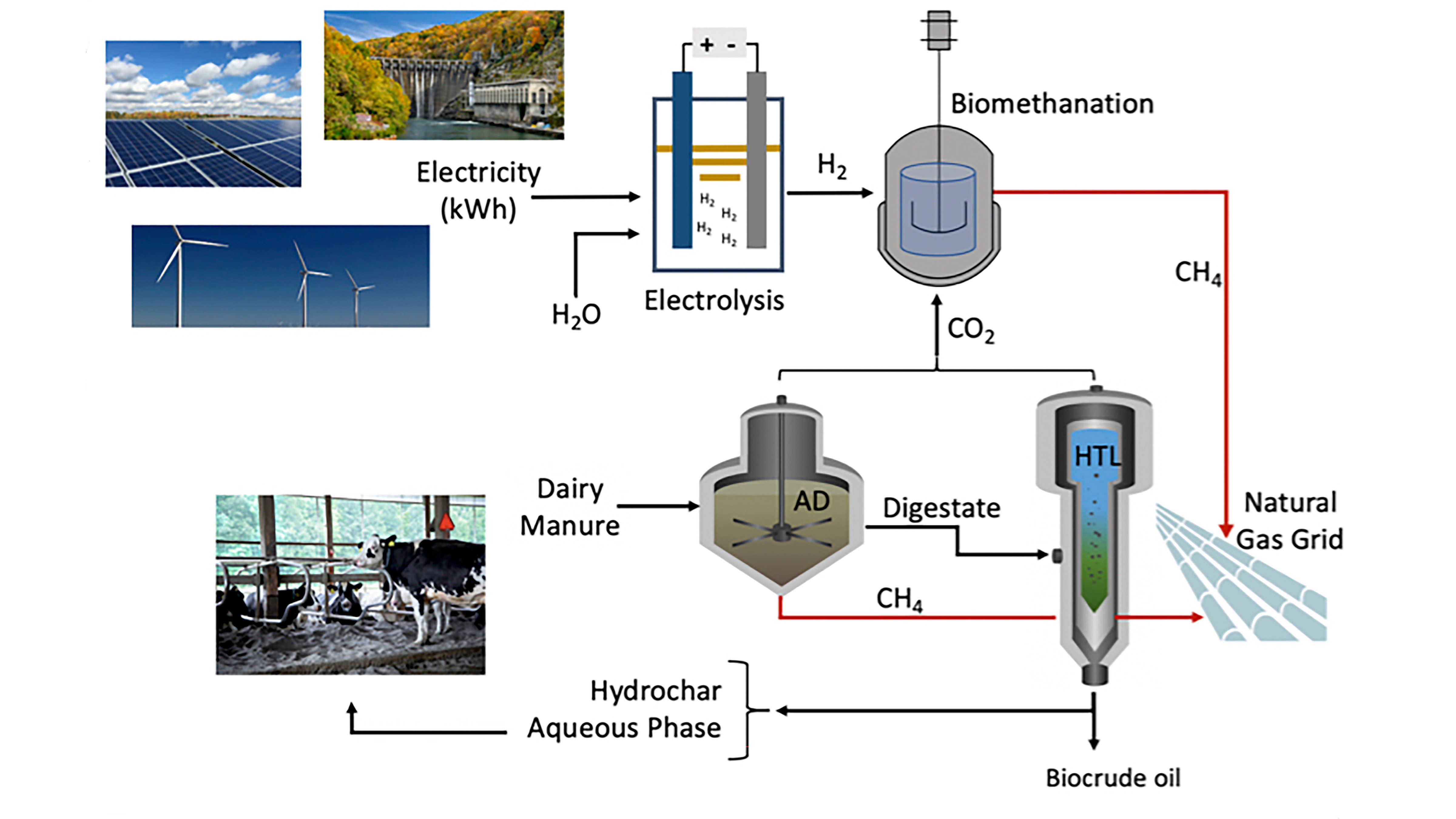
Cornell University to Extract Energy from Manure to Meet Peak Heating Demands
Cornell University is developing a system to extract energy from cattle manure to meet the campus’s peak demands for heat in the winter months. In the Journal of Renewable and Sustainable Energy, scientists involved with the project give a detailed analysis of the issues required to make this work, including scientific, economic, and energy policy considerations.
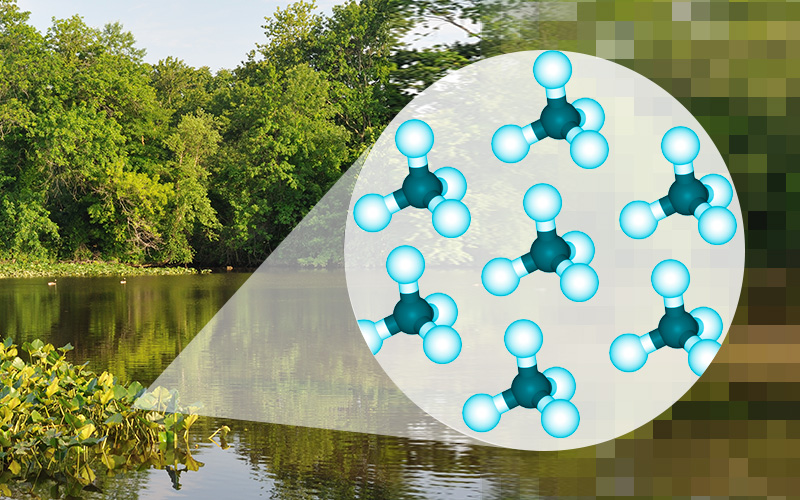
Methane found in tidal marshes
A pair of new studies found that large amounts of methane can be found in tidal salt marshes, a discovery that will be critical in the fight to battle climate change.
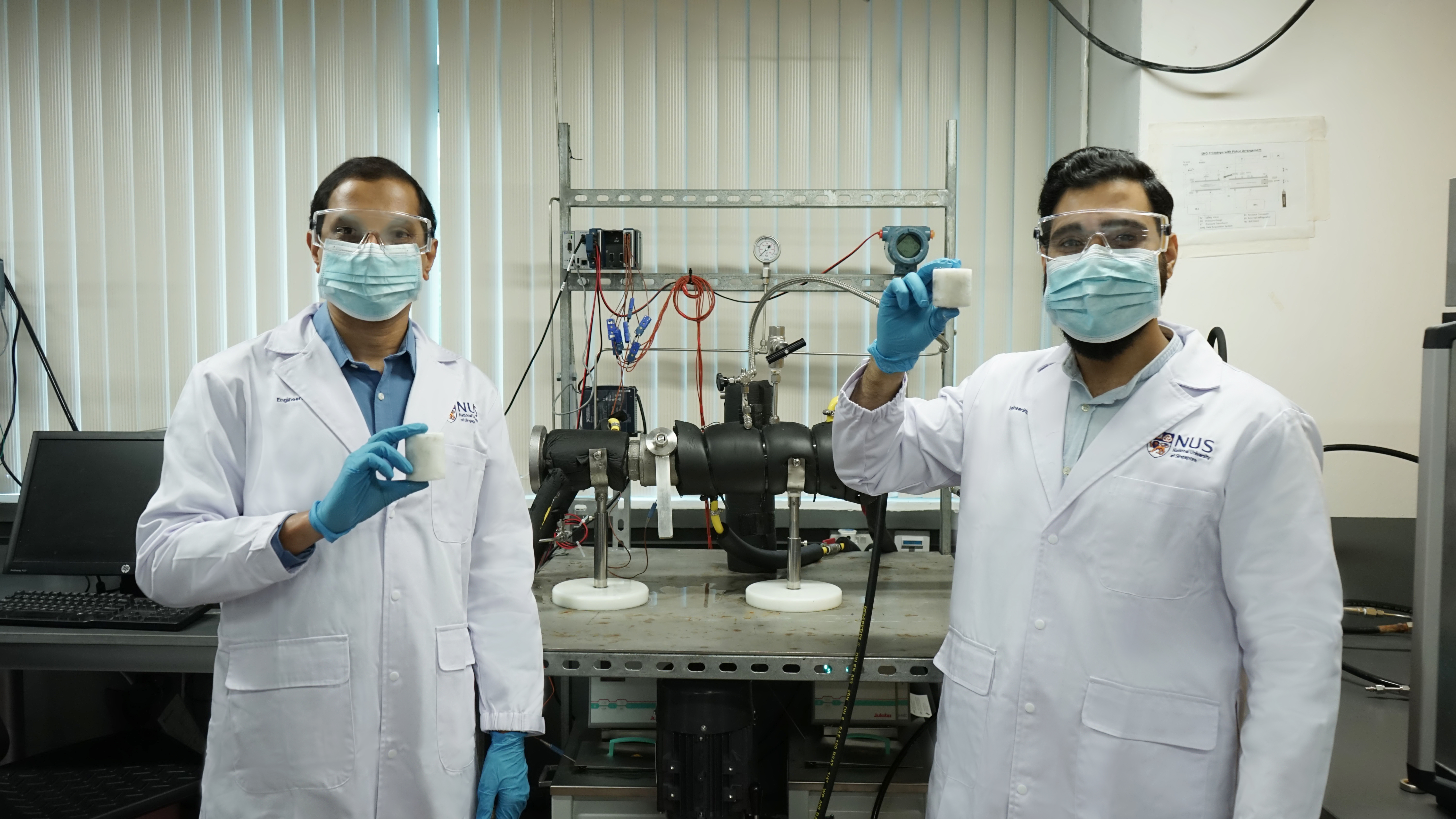
NUS engineers invent fast and safe way to store natural gas for useful applications
Engineers from NUS have devised a method to convert natural gas into a non-explosive solid form known as gas hydrates, which can be easily stored and transported. Using a novel, low-toxicity additive mixture, the conversion can be completed in just 15 minutes – the fastest time ever reported.
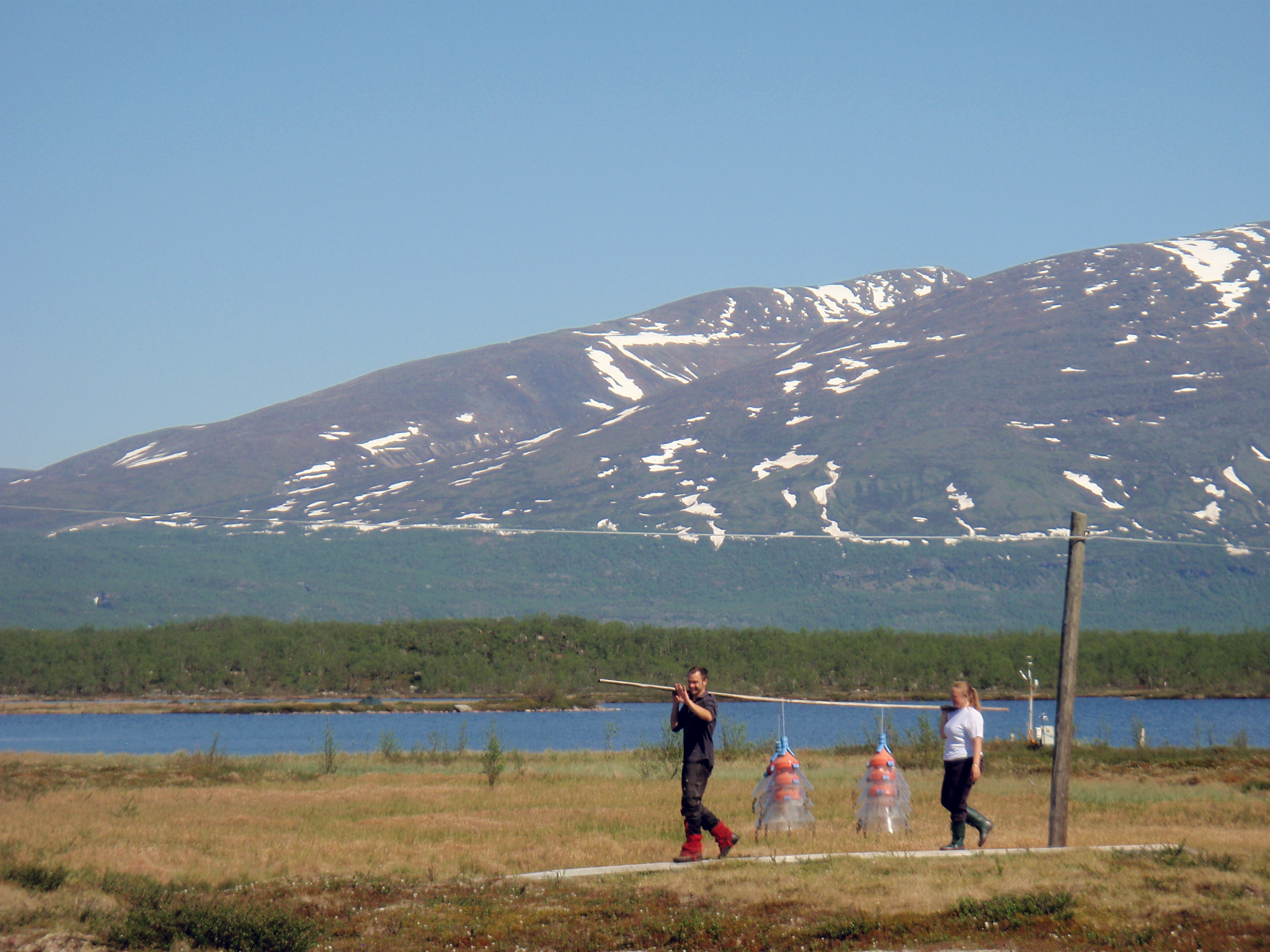
UNH Collaborates with 13 Universities to Understand Climate Change and Ecosystems
The University of New Hampshire is one of 14 universities from around the globe that have collectively been awarded $12.5 million by the National Science Foundation (NSF) to launch a new Biology Integration Institute (BII), called EMERGE, which will focus on better understanding ecosystem and climate interactions—like the thawing of the Arctic permafrost—and how they can alter everything from the landscape to greenhouse gases.
A new method for making a key component of plastics
Scientists have discovered a previously unknown way that some bacteria produce the chemical ethylene – a finding that could lead to new ways to produce plastics without using fossil fuels.
Trump rollback of methane regulations ‘dangerously reckless’
The Environmental Protection Agency is expected to adopt new rules this week that would rollback regulations for methane-gas emissions — rescinding requirements that oil and gas companies have systems for detecting methane leaks. Robert Howarth is professor of ecology and…
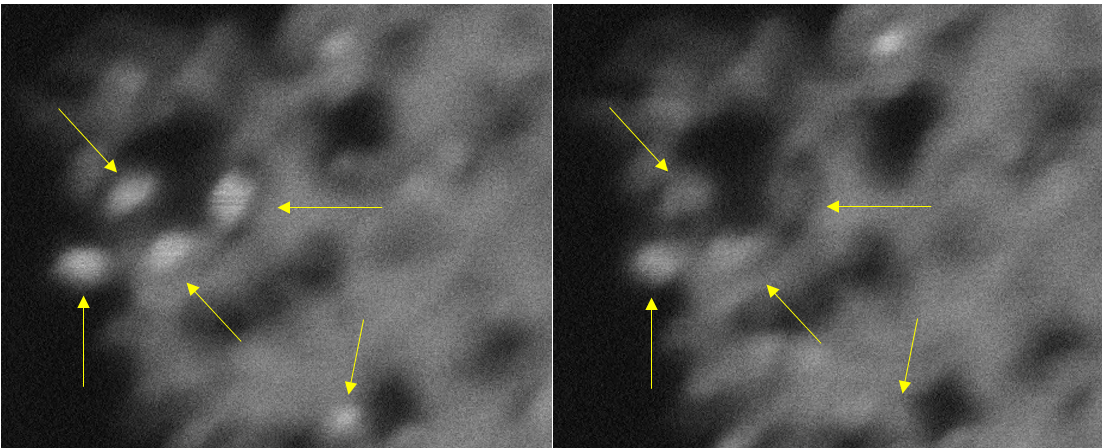
‘Blinking” Crystals May Convert CO2 into Fuels
Imagine tiny crystals that “blink” like fireflies and can convert carbon dioxide, a key cause of climate change, into fuels. A Rutgers-led team has created ultra-small titanium dioxide crystals that exhibit unusual “blinking” behavior and may help to produce methane and other fuels, according to a study in the journal Angewandte Chemie. The crystals, also known as nanoparticles, stay charged for a long time and could benefit efforts to develop quantum computers.
Containing methane and its contribution to global warming
Methane is a gas that deserves more attention in the climate debate as it contributes to almost half of human-made global warming in the short-term.

When peatlands burn in mega-fires, stored methane is rapidly released into the atmosphere. #EmissionsGap #ClimateAction @UNEP @MTUcfres
According to a report released on Tuesday by the United Nations Environment, Global greenhouse gas emissions have grown by 1.5 percent every year over the last decade. To stay within relatively safe limits, emissions must decline sharply, by 7.6 percent every year, between 2020 and…